“Doctor, I think they ruined my face forever.”
Patricia arrived at ALMO Clinic on a Saturday night with her left eyelid completely drooped, covering more than half of her eye. She couldn’t open it completely and the pupil was barely visible.
It was the third emergency from poorly applied Botox I had received that week.
In my 15 years as a specialist, I’ve documented more than 200 cases of serious complications from incorrectly applied Botox. Each one has taught me something specific about what can go terribly wrong when this treatment is performed without adequate medical training.
I’ll explain the 5 complications I see monthly, why they occur, and how to ensure you never become one of these emergencies.
The silent epidemic of complications in Bogotá
Every week I receive between 2 and 4 emergency consultations for complications from treatments performed at other centers. 80% are problems from poorly applied Botox, 15% incorrect fillers, and 5% other toxins.
The trend has worsened dramatically in the last 3 years. The boom of “accessible” aesthetic medicine brought with it a proliferation of centers without real medical supervision that offer attractive prices but compromise basic safety.
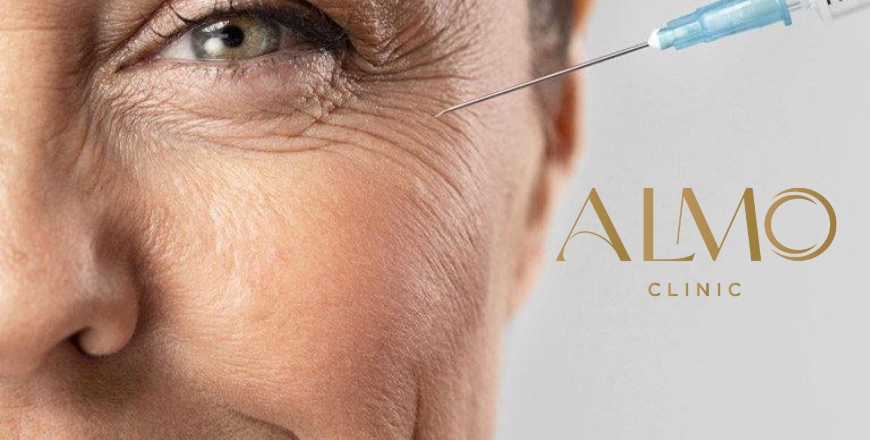
During my Fellowship in aesthetic medicine in Europe, this type of complications were exceptional. In Colombia, they’ve become a routine consultation.
The difference isn’t just training. It’s regulation, supervision, and medical safety culture.
Complication #1: Eyelid ptosis (drooping eyelid)
Patricia’s case
Patricia, a 38-year-old accountant, got Botox at an “aesthetic clinic” in north Bogotá. The price convinced her: $400,000 versus $1,200,000 at specialized centers.
Three days later, she couldn’t fully open her left eye.
During my medical evaluation I identified iatrogenic eyelid ptosis: the toxin had been injected incorrectly and affected the levator palpebrae muscle.
Why it happens
Eyelid ptosis from Botox results from specifically incorrect technique:
Injection too close to orbital rim - less than 1 centimeter from the bone edge allows toxin to diffuse to the levator muscle.
Excessive concentrated dose - applying many units in a small area increases risk of uncontrolled diffusion.
Inadequate injection technique - wrong angle, inadequate depth, or not waiting sufficient time between applications.
Incorrectly diluted product - non-standardized concentrations that alter effect predictability.
What it means for the patient
Patricia required specialized follow-up for 4 months. Ptosis can last between 3-6 months, affecting vision, work, vehicle operation, and daily activities.
The real cost of her $300,000 “savings” included: 2-week work disability, emergency consultations, special lubricating drops, ophthalmological follow-up, and significant emotional impact.
“I was embarrassed to leave the house. I had to make up that it was an accident,” she told me during follow-up.
Complication #2: Permanent facial asymmetry
Mónica’s case
Mónica, 35, consulted after a Botox treatment left her eyebrows completely asymmetric. One eyebrow was 8 millimeters higher than the other.
The doctor who treated her had applied different amounts of product on each side without measuring anatomical distances. When Mónica complained, they told her it “was normal” and that “it would correct itself.”
Why it happens
Asymmetry from Botox results from:
Lack of prior facial analysis - not measuring distances, not identifying pre-existing asymmetries, not planning necessary compensations.
Non-standardized technique - different application points, different depths, different angles between both sides of the face.
Empirical dosing - applying “by eye” without specific protocol based on individual muscle strength.
Not considering anatomical factors - skin thickness, muscle mass, specific movement patterns of each patient.
The complex correction
Correcting asymmetry from poorly applied Botox is technically more difficult than doing the treatment correctly from the start.
It requires waiting for the initial effect to partially dissipate (2-3 months), then applying specific corrective doses, and finally rebalancing when the original effect has completely disappeared.
Mónica needed 3 corrective sessions over 8 months to achieve acceptable symmetry.
Complication #3: Frontal muscle paralysis
Andrea’s case
Andrea, a 29-year-old influencer, arrived after Botox in her forehead left her completely unable to raise her eyebrows. Her facial expression had lost all naturalness.
“I can’t express surprise, worry, or any emotion that requires moving my forehead. I look like a wax figure,” she explained visibly distressed.
Why it happens
Complete frontal paralysis results from:
Frontal muscle overdose - applying more than 20 units in a young woman’s forehead typically generates complete paralysis.
Incorrect application points - injecting too low near the eyebrows completely eliminates elevation capacity.
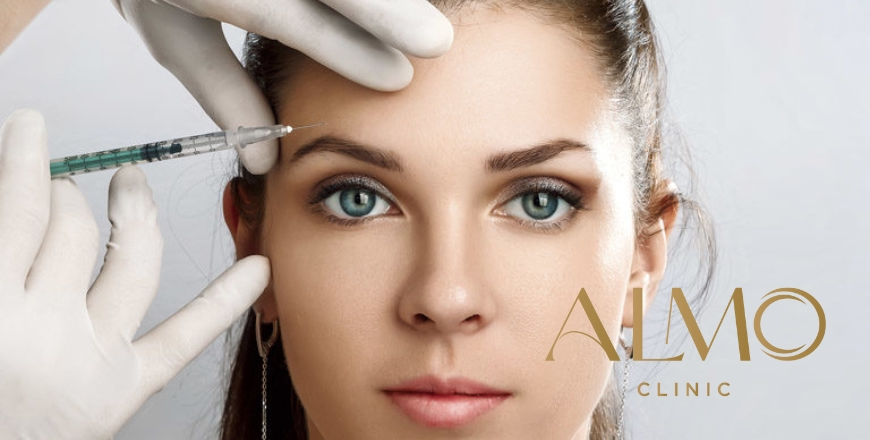
Not considering compensatory function - the frontal naturally compensates for other muscle action; completely paralyzed generates unnatural expression.
Incorrect treatment philosophy - seeking total line elimination instead of natural softening.
The impact on expressiveness
Andrea worked as an event presenter and needed natural facial expressiveness. Complete paralysis affected her professionally for 4 months.
“My videos looked strange. Comments asked what had happened to my face,” she recalled during follow-up consultation.
Complication #4: Asymmetric smile from diffusion
Lucia’s case
Lucia consulted because after Botox around her eyes, she couldn’t smile symmetrically. The left corner of her mouth wouldn’t rise completely when smiling.
The toxin had diffused from the crow’s feet area to muscles that control smiling.
Why it happens
Smile affectation results from:
Very deep injection near orbital area - toxin diffuses to non-target muscles.
Excessive dose in crow’s feet - more than 12-15 units per side in orbital area increases diffusion risk.
Anatomically incorrect technique - not respecting specific muscle planes or injecting too close to oral expression muscles.
Wide diffusion product - some toxin brands have greater tendency to spread than others.
The complexity of correction
There is no antidote for botulinum toxin. Once incorrectly applied, you can only wait for the effect to naturally dissipate.
Lucia needed facial rehabilitation exercises for 3 months to recover smile symmetry.
Complication #5: Persistent headache and muscle rigidity
Carmen’s case
Carmen developed intense daily headaches and severe neck and shoulder rigidity after Botox applied massively to forehead, glabella, and temple.
“I feel like I have a tight helmet 24 hours a day,” she described during emergency consultation.
Why it happens
Post-Botox headaches result from:
Compensatory muscle imbalance - paralyzing specific muscles forces other muscles to work excessively.
Excessive total dose - more than 50 units in upper facial area can generate systemic effects.
Injection in inadvertent trigger points - some patients have specific tension points that are exacerbated with forced muscle relaxation.
Very aggressive technique - applying toxin to muscles that weren’t hyperactive generates postural imbalances.
The complex treatment
Carmen required multidisciplinary treatment: pain management with specific analgesics, physiotherapy to relax compensatory muscles, and relaxation techniques to manage secondary tension.
Headaches persisted 6 weeks until the toxin effect began to diminish.
Why these complications are preventable
95% of serious Botox complications I see could have been avoided with correct technique, appropriate dosing, and adequate prior medical evaluation.
Critical prevention factors
Detailed anatomical evaluation before any application - measure distances, identify previous asymmetries, evaluate specific muscle strength, and plan individualized treatment.
Standardized and conservative technique - scientifically validated application points, specific depths according to treated area, appropriate injection angles.
Evidence-based dosing - specific amounts according to age, sex, muscle strength, and treatment objectives, not generic protocols.
Structured follow-up - 2-week control to evaluate effect and detect any early irregularities.
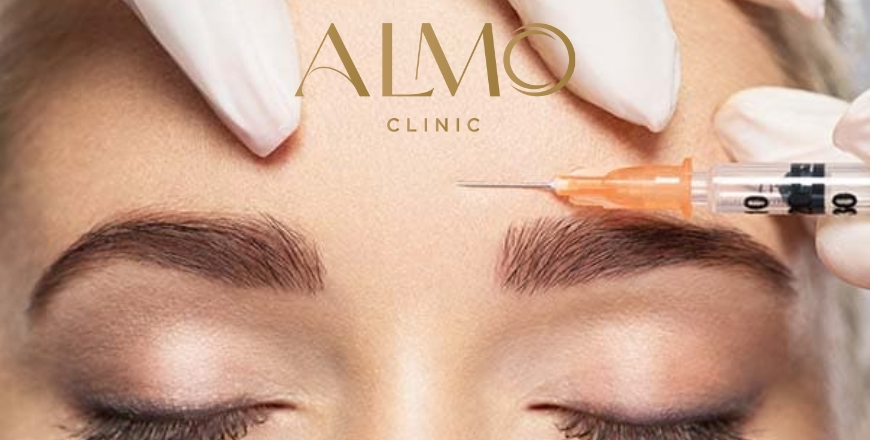
The questions you should ask before any application
About specialist training
“Where did you complete your aesthetic medicine specialization and how many years of experience do you have specifically with botulinum toxin?”
The answer should include specific university training and minimum 3 years of documented experience.
About safety protocol
“Do you perform prior medical evaluation, individualized planning, and post-treatment follow-up?”
The protocol should include medical history, specific facial analysis, personalized plan, and minimum 2-week follow-up.
About complication management
“What protocol do you have for managing complications and who will attend me if any problem arises?”
They should have specific protocol, immediate availability, and identified responsible specialist.
Why choosing certified specialists makes the difference
At ALMO Clinic, we have performed over 8,000 botulinum toxin applications without serious complications. This statistic isn’t coincidental.
Our protocol includes:
45-minute prior medical evaluation with detailed facial analysis, individualized planning according to specific anatomy, standardized technique based on European training, conservative and escalated dosing, and structured follow-up for 30 days.
We use only original products with complete traceability and documented cold chain.
Our specialists have specific university training and documented experience of more than 10 years.
We include emergency management protocol with 24/7 availability during the first 2 weeks post-treatment.
What I learned correcting 200+ complications
Most serious complications come from centers that prioritize volume over safety. Quick applications, without prior evaluation, with standardized technique that doesn’t consider individual anatomy.
Extremely low price always hides safety compromises. An original Botox vial costs approximately $600,000 to the authorized supplier. If the complete treatment costs $400,000, mathematically it’s impossible it’s original product.
Complications are exponentially more expensive than treatment well done from the start. The average cost of correcting serious complications is 4-6 times the cost of the original treatment.
Some complications can generate permanent sequelae. Although most are temporary, severe cases can leave permanent alterations in facial expression.
Your most important decision
Are you considering Botox and aren’t sure where to get treatment?
The difference between a successful result and a complication that affects your life for months lies in the technical competence of the specialist and the quality of safety protocols.
It’s not about choosing the most expensive option. It’s about choosing certified specialists who put your safety before their commercial margins.
A serious medical evaluation includes analysis of your specific anatomy, detailed explanation of risks, individualized planning, and clear follow-up protocol.
Ready for truly safe treatment? I invite you to compare safety protocols before deciding where to trust your face.
Dr. Oscar Barón - Plastic Surgery Specialist
European Fellowship in Aesthetic Medicine
ALMO Clinic - More than 8,000 applications without serious complications
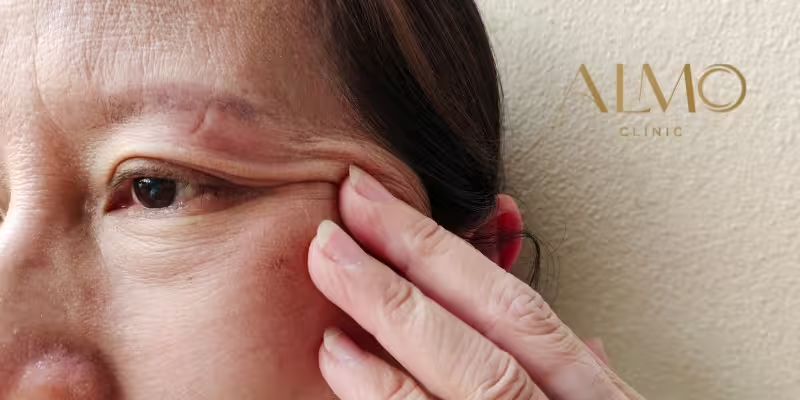
![CO2 Laser vs Morpheus8: Which One Better Eliminates Acne Scars? [2025]](/img/blog/laser-co2-vs-morpheus8-cicatrices.avif)
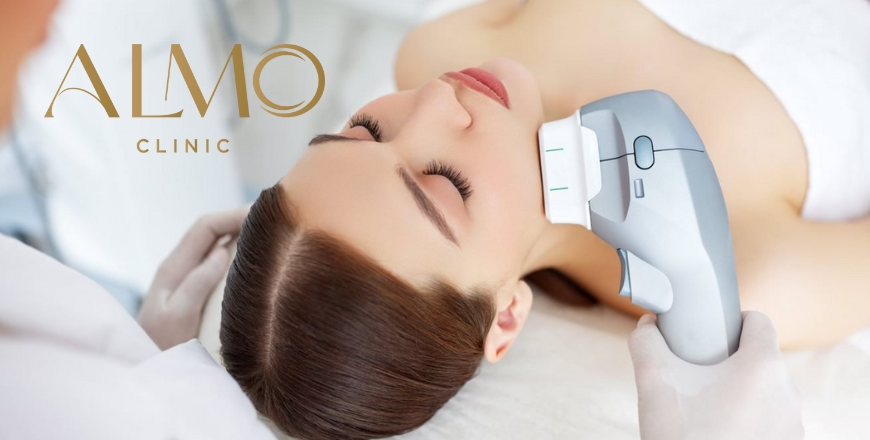


![Liftera vs Ultraformer: Which to Choose in Bogotá? [2025 Comparison]](/img/blog/liftera-vs-ultraformer-bogota.avif)
